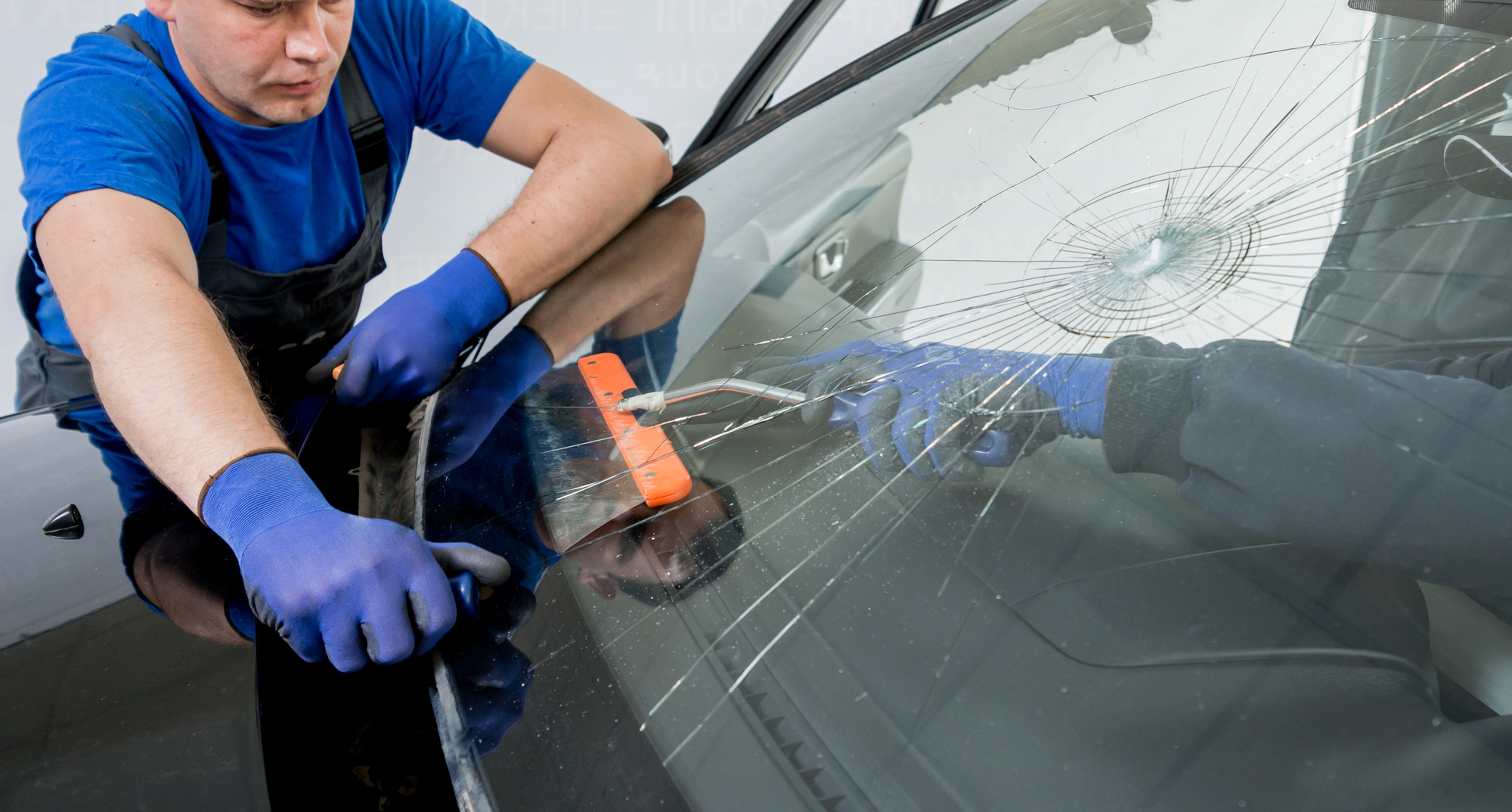When it comes to maintaining a comfortable and efficient living space, addressing any issues with your home’s windows is paramount. Leaky windows, in particular, can lead to a host of problems, including energy loss, dampness, mold growth, and discomfort. Therefore, it’s essential to promptly identify and resolve any leaks to ensure the well-being of your home and its occupants. In this comprehensive guide, we will delve into the causes of leaky windows and provide step-by-step instructions on how to fix them effectively.

Image: www.youfixcars.com
What Causes Leaky Windows?
Understanding the underlying causes of leaky windows is crucial for effective repair. The most common culprits include:
Identifying and Inspecting Leaky Windows
Before attempting any repairs, it’s crucial to properly identify the source of the leak. Carefully examine the window frame, glass, and surrounding areas for any visible signs of damage, cracks, or gaps. If the leak is not apparent, you can use a water spray test. Spray a fine mist of water on the suspected areas, focusing on the edges and corners. If water seeps through and into the house, you have identified the leak.
Step-by-Step Guide to Fixing Leaky Windows
Once you have identified the source of the leak, follow these step-by-step instructions to fix it effectively:

Image: mydecorative.com
1. Cleaning and Preparing the Window
Before beginning any repairs, clean the affected areas thoroughly using a damp cloth and mild detergent. Remove any dirt, debris, or mold that may interfere with the repair process. Allow the area to dry completely before proceeding.
2. Repairing Damaged Weatherstripping
If the weatherstripping is damaged or worn, it needs to be replaced. Remove the old weatherstripping using a putty knife or similar tool. Clean the exposed surface. Apply a new strip of weatherstripping along the window frame, pressing it firmly into place.
3. Replacing Cracked Glass
Cracked glass poses a safety hazard and requires prompt replacement. Measure the dimensions of the existing glass pane and order a replacement piece of the same size and thickness. Remove the old glass by carefully breaking it away from the frame using a glass cutter or hammer. Wear protective gloves and safety glasses. Clean the frame and apply a bead of clear silicone sealant around the perimeter. Place the new glass in the frame and secure it with glazing points or molding.
4. Inspecting and Repairing the Window Frame
Thoroughly examine the window frame for any cracks, warps, or other damage. If there are minor cracks, they can be filled with caulk or epoxy. Larger cracks or damage may require professional repair or replacement. If the frame is warped or compromised, you may need to hire a contractor to replace or reshape the frame.
5. Caulking or Sealing Gaps
Remove any old caulk or sealant around the window frame using a caulk-removing tool. Clean the area thoroughly and allow it to dry completely. Apply a fresh bead of caulk or sealant along all the gaps between the window frame and the surrounding structure, including any seams or joints. Smooth the caulk using a caulk tool or your finger dipped in soapy water.
Preventing Future Leaks
To minimize the risk of future leaks, consider these preventive measures:
How To Fix Leaky Window
Conclusion
Fixing leaky windows not only enhances the comfort and energy efficiency of your home but also protects its structural integrity. By following the step-by-step instructions outlined in this guide, you can effectively address leaks, prevent further damage, and restore the functionality of your windows. If you encounter any significant structural issues or complex repairs, do not hesitate to seek professional assistance from a qualified contractor.